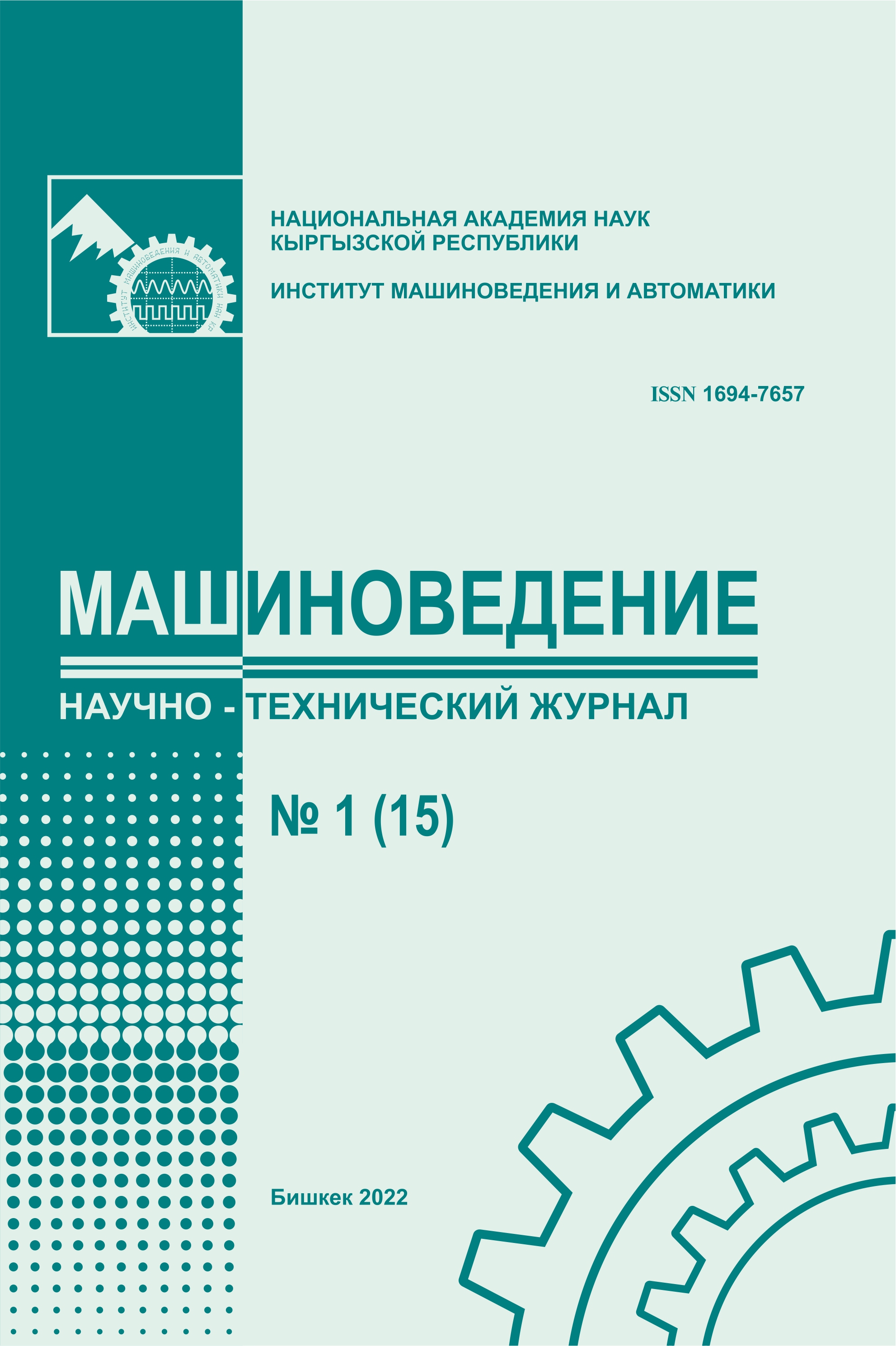TECHNOLOGY OF MICROCLIMATE CONTROL OF THE ANIMAL ROOM (cowshed)
Keywords:
livestock building, microclimate, automation, intelligent system, air exchange.Abstract
Farm animals have their own temperature and humidity regimes, under which they feel comfortable and have the highest productivity. Complex processes that are in constant dynamics depend on changing external conditions, technology for keeping and servicing animals. Calculations of air exchange systems of industrial agricultural buildings, in particular livestock buildings, are carried out according to generally accepted standards. However, they practically do not take into account the biological activity of raw materials and waste, specific biological and veterinary, thermophysical, technological and energy requirements for the microclimate systems of livestock buildings. Unfavorable microclimatic conditions on a dairy farm reduce the efficiency of using the genetic potential of animals and the productivity of cows by 14-30%. Currently, automated intelligent microclimate control systems are used, which allow, with high reliability, to optimize the operation of equipment while reducing energy resources and operating costs. An intelligent system for controlling the microclimate of a livestock complex based on programmable controllers has more opportunities to control the microclimate of rooms located at a considerable distance from each other and from the central computer.
References
Юрков В.М. Микроклимат животноводческих ферм и комплексов. М.: Россельхозиздат, 1985.223 с.
Владимир Тимошенко, Андрей Музыка, Андрей Москалев, Наталья Шматко. Комфорт коров - залог высокой продуктивности. Животноводство России. 2014. № 8. С.39-41.
Трунов С.С., Растимешин С.А. Требования к тепловому режиму животноводческих помещений смолодняком и предпосылки применения локального обогрева // Вестник ВИЭСХ. 2017. №2 (27) С. 76-82.
Вторый В.Ф., Гордеев В.В., Вторый C.B., Ланцова Е.О. Влияние погодных условий на формирование температурно-влажностного режима в коровнике // Вестник ВНИИМЖ. 2016. №3(23). С.68-72.
Ильин P.M., Вторый C.B. Обоснование параметров системы мониторинга микроклимата в животноводческих помещениях // Технологии и технические средства механизированного производстваживотноводства. 2017. № 92. С. 212-217.
Новиков H.H. Решение проблем микроклимата, автоматизации процессов и теплоснабжения на животноводческих фермах // Вестник ВНИИМЖ 2014. №2(14). С. 102-111.
Карпенко A.B., Петрова И.Ю. Модели управления микроклиматом в помещении // Фундаментальные исследования. 2016. № 72. С. 224-229; URL: http://fundamental-research.ru/ru/article/view?id=40488 (дата обращения: 24.10.2018).

